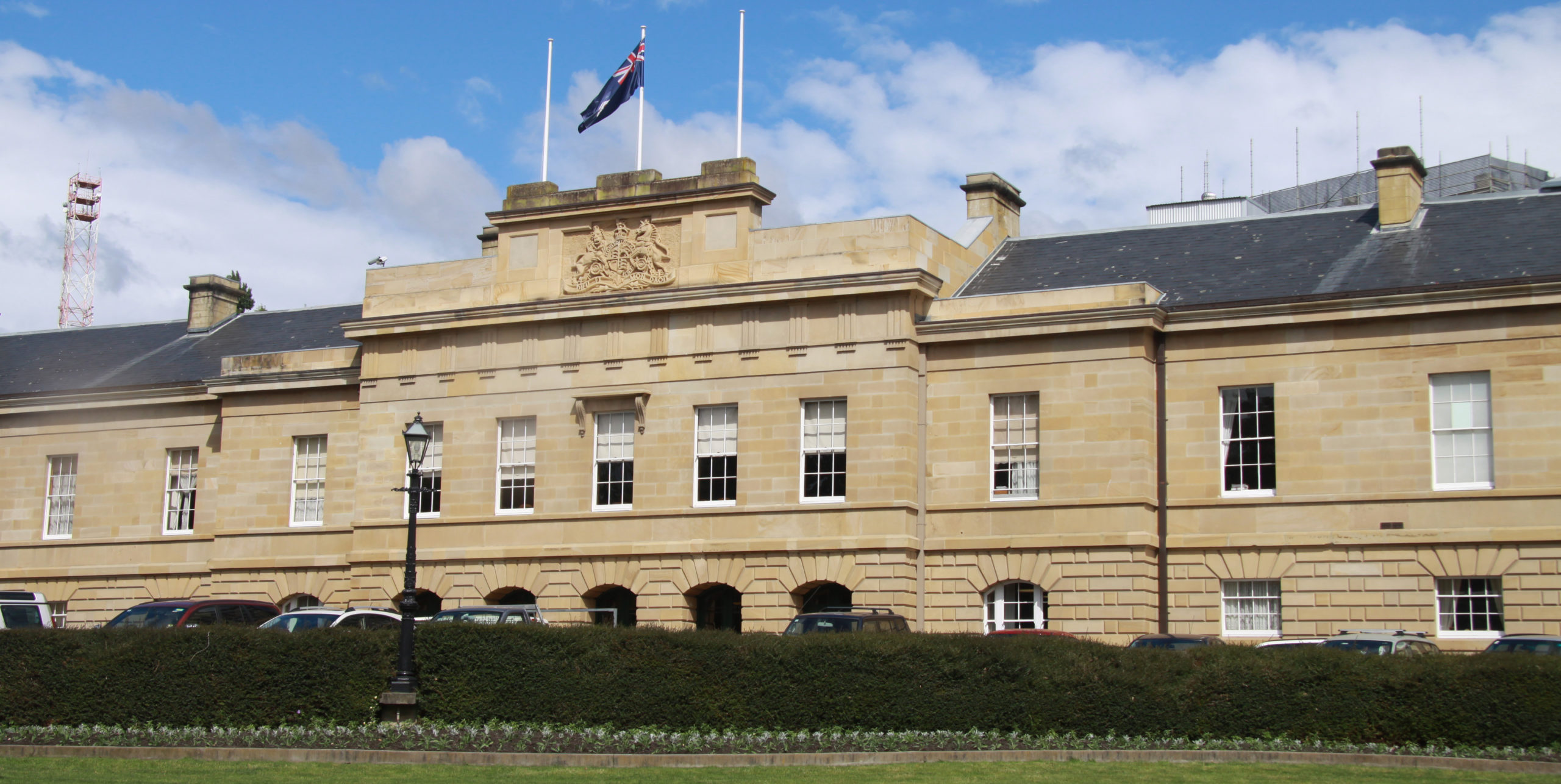Jane Morgan Management
deep palaeochannels
drilling demonstrating significant mineralisation
Marenica Energy Limited (“Marenica”, the “Company”) (ASX:MEY) is pleased to announce results of a
Horizontal Loop Electromagnetic (“HLEM”) survey on exclusive prospecting license (“EPL”) 7278 (known
as Hirabeb), with results identifying expansive and deep palaeochannels.
Horizontal Loop Electromagnetic (“HLEM”) survey on exclusive prospecting license (“EPL”) 7278 (known
as Hirabeb), with results identifying expansive and deep palaeochannels.
Following the success of HLEM surveys at the Koppies prospect in identifying palaeochannels that drilling
has subsequently shown to be mineralised, Marenica trialled the technique on EPL 7278. Hirabeb, the
largest of Marenica’s tenements in the Namib Area, has extensive historical exploration mapping, and is
located upstream of the known Aussinanis deposit.
has subsequently shown to be mineralised, Marenica trialled the technique on EPL 7278. Hirabeb, the
largest of Marenica’s tenements in the Namib Area, has extensive historical exploration mapping, and is
located upstream of the known Aussinanis deposit.
Historical documentation produced by General Mining Corporation (“Gencor”) indicates the presence of
a potentially significant palaeochannel system within the area covered by EPL 7278 (Figure 1). As a
result of this information, a number of HLEM survey lines were undertaken in order to investigate and
confirm the location of palaeochannels within the Hirabeb license.
a potentially significant palaeochannel system within the area covered by EPL 7278 (Figure 1). As a
result of this information, a number of HLEM survey lines were undertaken in order to investigate and
confirm the location of palaeochannels within the Hirabeb license.
To date, four lines have been completed with an additional line partially completed prior to the COVID19 lockdown within Namibia. In all cases, HLEM has confirmed the presence of both calcrete valley fill
and deeper, incised, palaeochannels within the area. In general, the depth of the calcrete material is
greater than 10 metres, with the identified palaeochannels reaching depths of greater than 30 metres in
a number of places. In comparison, palaeochannels with maximum depths of between 15 and 18 metres
were recorded in the Koppies palaeochannel system.
and deeper, incised, palaeochannels within the area. In general, the depth of the calcrete material is
greater than 10 metres, with the identified palaeochannels reaching depths of greater than 30 metres in
a number of places. In comparison, palaeochannels with maximum depths of between 15 and 18 metres
were recorded in the Koppies palaeochannel system.
Marenica Managing Director, Murray Hill,
/Public Release.








